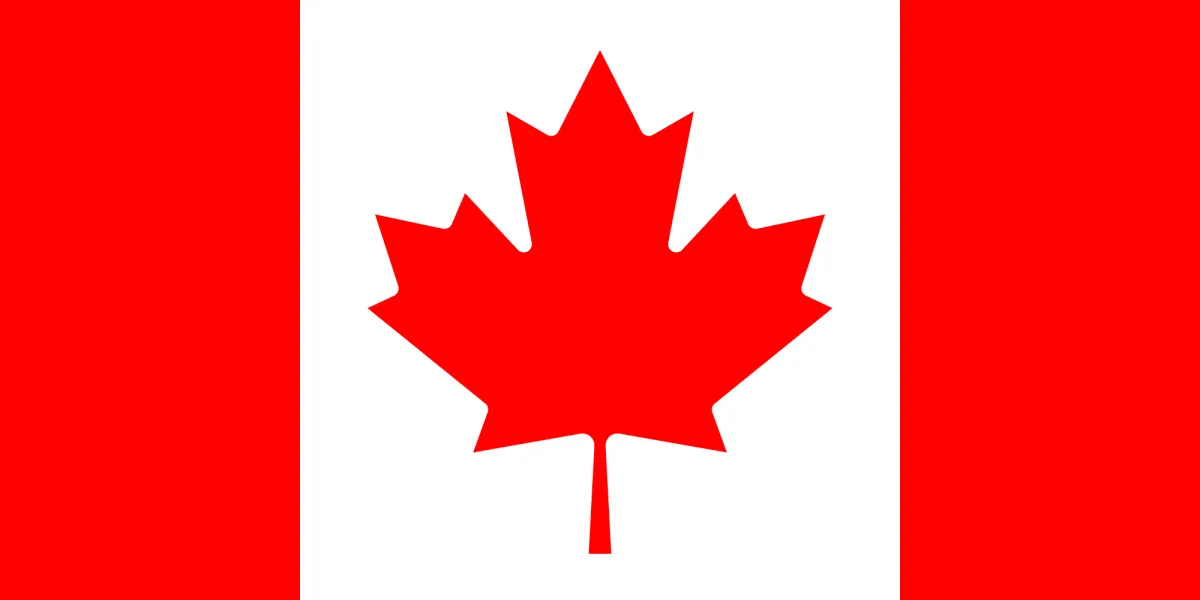404
Page Can Not Be Found
If you believe you arrived here by accident, please use the links above to find what you are looking for.
To report a broken link, please email [email protected] with the name of the website you are looking for.
Thanks, Flow Focus Team
© Flow Focus 2025 All Rights Reserved
Flow Focus is a Canadian registered entity for tax purposes
This website is not part of the YouTube, Google, or Facebook website; Google Inc or Facebook Inc.
Also, this website is NOT endorsed by YouTube, Google or Facebook in any way. FACEBOOK is a trademark of FACEBOOK Inc. YOUTUBE is a trademark of GOOGLE Inc.

